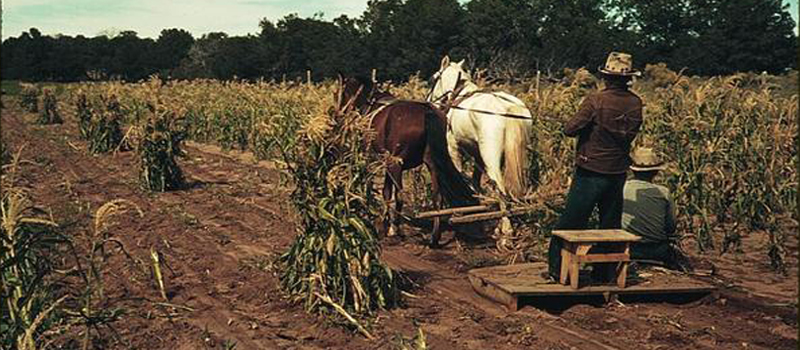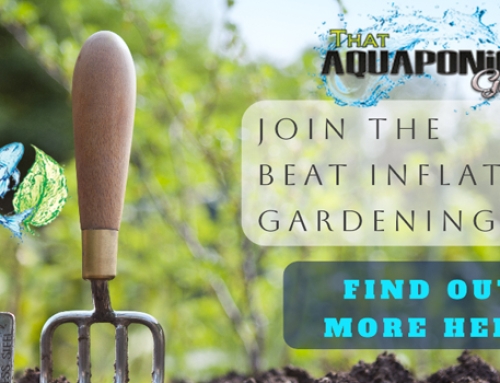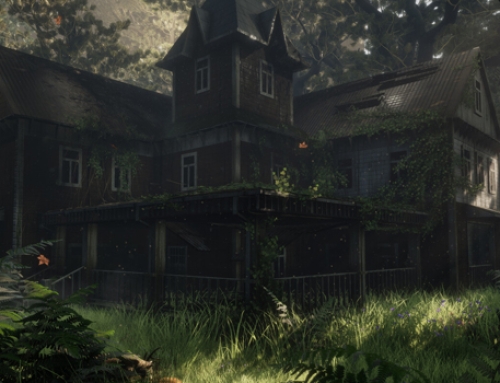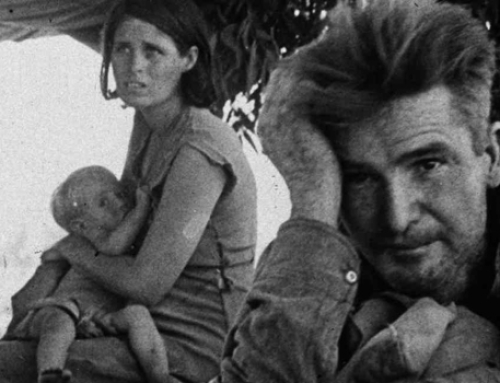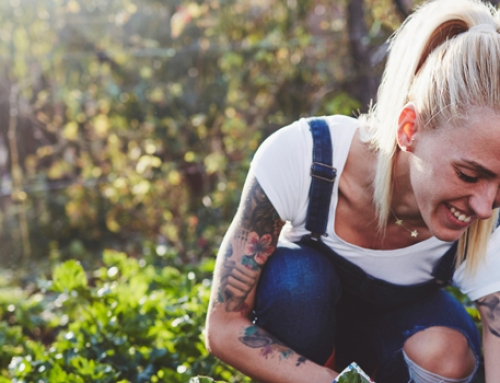Ever since recorded history, and maybe for generations before that started to happen, people have generally relied on nature, the weather, the cycles of atmospheric pressures, to grow and cultivate their food. The patterns of the weather have moved the hordes to acclimitize themselves to the growing season and their diets have reflected such. (The Mongolian Peoples in their yurts don’t eat vegetables because crops don’t grow in the highlands where they live.)
While we are lucky enough not to be so settled that we have to alter what we choose to eat, and we have access to the modern day food distribution networks, we too are beholden to the elements when we choose to grow our plants and food stuffs using the Permaculture Method. Or as it is more commonly known as the Backyard Garden. Two of the biggest questions that people who are new to gardening ask is 1) when to plant and 2) what can I plant now. If only there were a blanket answer.
Sadly, there is not one, and the reason why is because of the differences between one spot and the next. What this means is that the way microclimates affect how, what, and when you can grow certain food plants.
Find Your Local Climate and Planting Zone
The USDA has a Plant Hardiness Zone Toolwhich allows you to enter your zip code and find out your general planting zone. Each area in which we live have their general weather patterns determined by the surrounding topography, the elevation of the land itself and the actual tradewinds themselves. Sadly, the USDA map does not take into account the micro-climates you experience from time to time and you personally will need to pay close attention to the winter low-temperature ranges for where you live.
At my house, the map said I was in a Zone designated as a 7A which has a general low-temperature range of 15-20°F. Other parts of the state in which I live, even though has a moderate climate like where I reside, are in secluded valleys and their low temperature can drop to 10°F or below. The lesson here is that you have to temper the map’s data with what you know about your local area. If you were to drive into town, which is just 5 miles away, it is probably Zone 9A there. Where my house and gardens are it is Zone 7A.
Why am I hammering on temperatures, especially the low temps in your area? Well, come to find out through eons of planting that those green leafy things don’t take kindly to the cold. In fact, in most cases it kills them right off. So if you are looking to plant a seed in the ground of your backyard farm you must be mindful of this fact, or you are going to be planting over and over again due to those unobserved cold temps.
Plants and the Surrounding Habitat
Plants need very specific sets of criteria in order to thrive. There is a reason that a Palm Tree is not more commonly grown in the Rocky Mountains. These sets of criteria include the proper temperature range, the correct amount of light, the right soil and nutrients, and the right amount of water. If any of those four things is off, then the plant is likely to struggle.
Plants have a funny way of only growing when the conditions for it to do so are present. For some, they can handle the cooler weather, and yet for most others, especially for fruit-bearing plant life, it is the heat that gets them going. That increase in temperature signals to plants that it is time to flower and produce seeds.
Tomatoes for example. They thrive in temperatures that are under 85°F and above 65°F. If the temperature gets above 85°F tomatoes will shut down and just maintain. They will not grow. They will not set fruit. They may not even bloom. One of the reasons for this is that in hotter weather the female sexual parts of the flowers dry out and pollen does not stick to them very well when they are dry.
There is another reason why some plants grow at different times of the year. Cilantro, for example, wants to burst into bloom when the temperature gets to be 75°F. One reason for that is that pollinators are at their prime in 75°F weather.
Plants have a deep and very ancient relationship with pollinators. Some plants are dependent upon a single species of insect.
Those are just some of the requirements that plants have. As a gardener, you have to figure out when each type of plant fits into your growing environment. That is not only tricky, it is sometimes implausible. While gardening can seem impossible, it is really simple once you begin to understand what to look for, e.g. through actually gaining experience by doing it, with both plants and your local environment. Here are a few tools that will help.
Reading the Label
Any seed company worth their weight in gold will have on their packaging (this is for those first-timers out there) the general instructions on when, in what or how to plant the seeds that are contained within. If you are ust starting out, this will be a light, in the darkness of Backyard Farming. Remember, heirloom seeds are the best to buy, grow and save for a future planting season.
The Last Frost Day
The last frost day in your area is one of the most important pieces of data you can have as a gardener. If you read the back of a seed packet it will tell you that you should sow seeds after the last possible frost. That is a big clue about when to plant a specific plant. Another important piece of information is the first frost date, which is important because it allows you to know how to manage your fall and winter gardens.
These dates are of course are averages. For my garden zone, the last frost date is usually the first part of April and the first frost date is mid October. Even still, one has to be ready here because it has snowed here in September.
Both of these dates help you to define the general parameters of your gardens. If you live in an area where you have four distinct seasons, then you can grow “intermittent” gardens. This type of garden is one where you can grow 3-4 different sets of crop plants.
Days to Full Harvest
The Days to harvest of the life of the plant is the number of days it takes from the time you plant a seed until you can harvest the crop. This is important because it allows you to use the temperature data for the plant with the time of year to determine if you can grow the plant.
Each plant has it’s expected days to maturation from seed to fruiting. Some plants you can curb the time. Those rooted or tubular in nature (potato, carrot, parsnips, etc.) can be pulled and used earlier if you don’t mind them smaller in size. But the general rule, depending on the species, has days to harvest of 60-100 days. Some plants need the hottest part of the summer to grow. Corn, for example, is a variation of a tropical plant and it needs a lot of sunlight. If it is mid-August and you want to put in a second crop of corn, then you cannot use the 100-day species. You will have to go with the shorter 60-day varieties and even then, it is a risk.
Days to harvest is also useful if you plant the seed in a greenhouse or cold frame because you can get a head start on the growing season, and ultimately for Aquaponics you can use that info on when to start the seeds, and how you can plan the lifecycle of each plant. If you know that bean plants are going to germinate in 8-14 days, then you can start your seeds as early as six weeks before plan to plant them permanently.
Putting it Together When
With all of the data that we have discussed, you can begin to guesstimate or cultivate a list of plants that will grow in your climate and then figure out when they grow best.
Summer Garden Plants include Basil, Tomatoes, Peppers, Squash, Melons, and many others. All of these plants love the heat. Basil is a heat-loving herb that turns black and dies if the temperature drops anywhere near freezing.
Cool Weather Plants include all of the plants in the Mustard or Brassica family. These include Arugula, Broccoli, Kale, Mustards, Cauliflower, Collards, and cabbages. Rutabega, Cilantro, and Snow Peas are a few others.
How to Determine What to Grow
One of the best ways to pick out veggies to grow is to look closely at what you eat and what you buy. If you are consistently at the store buying watermelon, then put watermelon on your bucket gardening list. If you go through a ton of potatoes each month, then you might enjoy growing your own. In short, Grow What You Eat.
If you make a list of things to grow and discover that something will not grow in your area, then try to find a different species of that plant. A good example of this is watermelon, which loves the heat. They have a few varieties that grow well in colder regions and have faster days to harvest time. Odds are that there is likely a substitute for most plants on your list.
Successful Gardening Tips
The first thing I tell people who want to start their green thumb ways but haven’t done so yet is to keep it simple as you start out. Many times, people try to do too much. They grow too many different kinds of plants or they try to make too large of a garden. Let your body acclimate to working in a garden. No matter if it’s in the backyard’s dirt, or on your own Aquaponics system.
It is a lot of work to start a garden and if you make your initial garden too large then chances are it will overwhelm you and impact the quality of your crops. Start manageably small. A corner garden space is big enough to get you started.
Learn from your failures. Everyone has a crop failure now and then. It can happen from the very beginning. A failure is a chance for you to learn something from the process. In short, don’t let a failed crop destroy your desire to grow your own food.
Like I said, always read the seed packet on the plants. There is a lot of information there that is very valuable.

